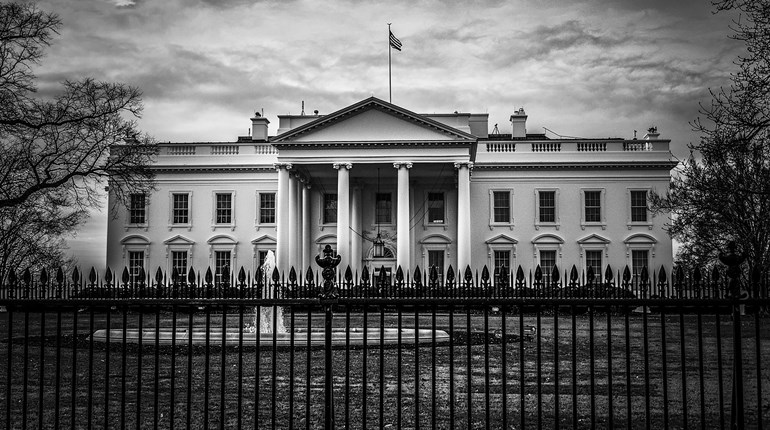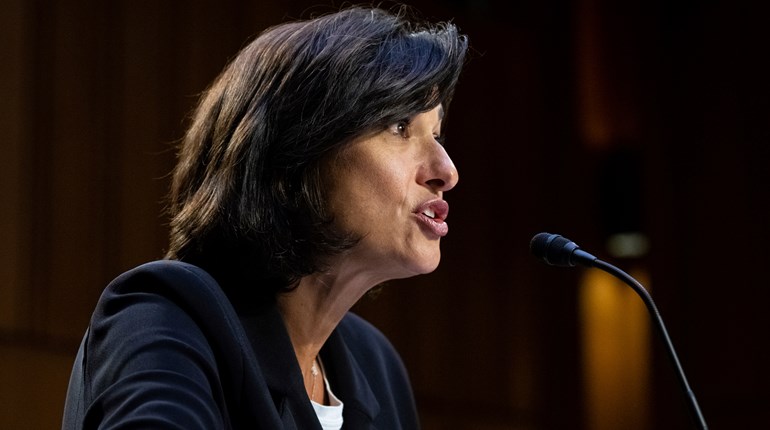
The Washington, D.C., government recently uncovered a jarring truth about the city’s violent-crime problem: the bulk of such crime is perpetrated by a small, identifiable portion of the population. The policy implications of this fact are obvious: rather than burden the law-abiding with firearm restrictions and the societal costs of violent crime, D.C. policymakers should work to vigorously prosecute and incapacitate the relatively small number of individuals terrorizing the city.
In December, the National Institute for Criminal Justice Reform presented the District with the “Gun Violence Problem Analysis Summary Report.” Assembled in concert with the District’s Criminal Justice Coordinating Council and Metropolitan Police Department, the report is a “set of analytical exercises designed to support the implementation of violence reduction strategies.”
Chiefly, the report mapped the criminal histories and real-life social networks of those involved in firearm-related violence. The report determined that, “In Washington, DC, most gun violence is tightly concentrated,” and that those involved, “share a common set of risk factors, including: involvement in street crews/groups; significant criminal justice history including prior or active community supervision; often prior victimization; and a connection to a recent shooting (within the past 12 months).”
In addressing those most likely to be involved in gun crime, the report noted:
“This small number of very high risk individuals are identifiable, their violence is predictable, and therefore it is preventable. [...] there are at least 500 identifiable people who rise to this level of very high risk, and likely no more than 200 at any one given time. These individuals comprise approximately 60-70% of all gun violence in the District.”
Further drilling down into characteristics of those involved in gun crime, the report made clear, “Approximately 86 percent of homicide victims and suspects were known to the criminal justice system prior to the incident. Among all victims and suspects, about 46 percent had been previously incarcerated.” The document also explained, “at least 23.3 percent of all homicide victims and suspects were under active [criminal justice system] supervision” and that “most victims and suspects with prior criminal offenses had been arrested about 11 times for about 13 different offenses by the time of the homicide.”
This severe concentration of violent crime is not new and not unique to the federal enclave. Addressing this reality in a 2015 piece for the Hartford Courant titled, “The Shooting Disease: Who You Know, Where You Live,” University of Texas Assistant Professor Michael Sierra-Arévalo noted:
“It’s a tiny handful of the community that’s responsible for the lion’s share of the bloodshed. Turning to Boston again, in the period between the mid-1990s and mid-2000s, more than half of all murders, more than three-quarters of youth homicides and 70 percent of all shootings were perpetrated by 1 percent of youth between the ages of 15 and 24.”
Likewise, a 2014 Yale study, titled “Tragic, but not random: The social contagion of nonfatal gunshot Injuries,” found that “70 percent of all non-fatal shootings occur in networks comprising less than 6 percent of Chicago’s total population.”
These vital insights should inform how policymakers confront the issue. As the research demonstrates, those who commit violence with firearms are identifiable and come into frequent contact with the criminal justice system. Therefore, subjecting these individuals to vigorous prosecution and stiff prison sentences when they do interact with the criminal justice system could have a significant positive impact on public safety. This tactic was used to great effect in the late 1990s with Project Exile, in which local law enforcement partnered with federal authorities to impose harsh penalties on criminals found with firearms.
Sadly, many politicians would rather placate radical activists that seek to defund the police, abolish prisons, and otherwise hobble the criminal justice system at the expense of their law-abiding constituents. Unable to address crime in a constructive manner, these policymakers try to redirect attention to a convenient scapegoat.
Instead of doing what’s necessary to confront violent crime in the notoriously soft-on-crime District, Mayor Muriel Bowser has repeatedly blamed the rights enjoyed by law-abiding Americans for her city’s woes. At various points the mayor has insisted that both the Virginia General Assembly and the U.S. Congress enact onerous gun controls to “benefit” the federal enclave. A version of this ridiculous demand underpins most gun control messaging.
The abundant research on the nature of criminal violence perpetrated with firearms makes clear that policymakers are, or should be, aware of how to tackle the problem. Those who restrict the law-abiding while coddling violent criminals are playing politics at the expense of public safety and individual rights.


































